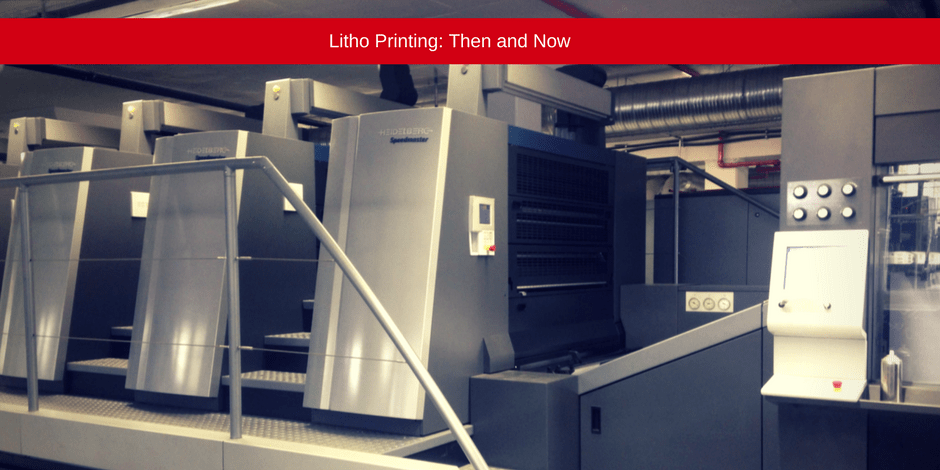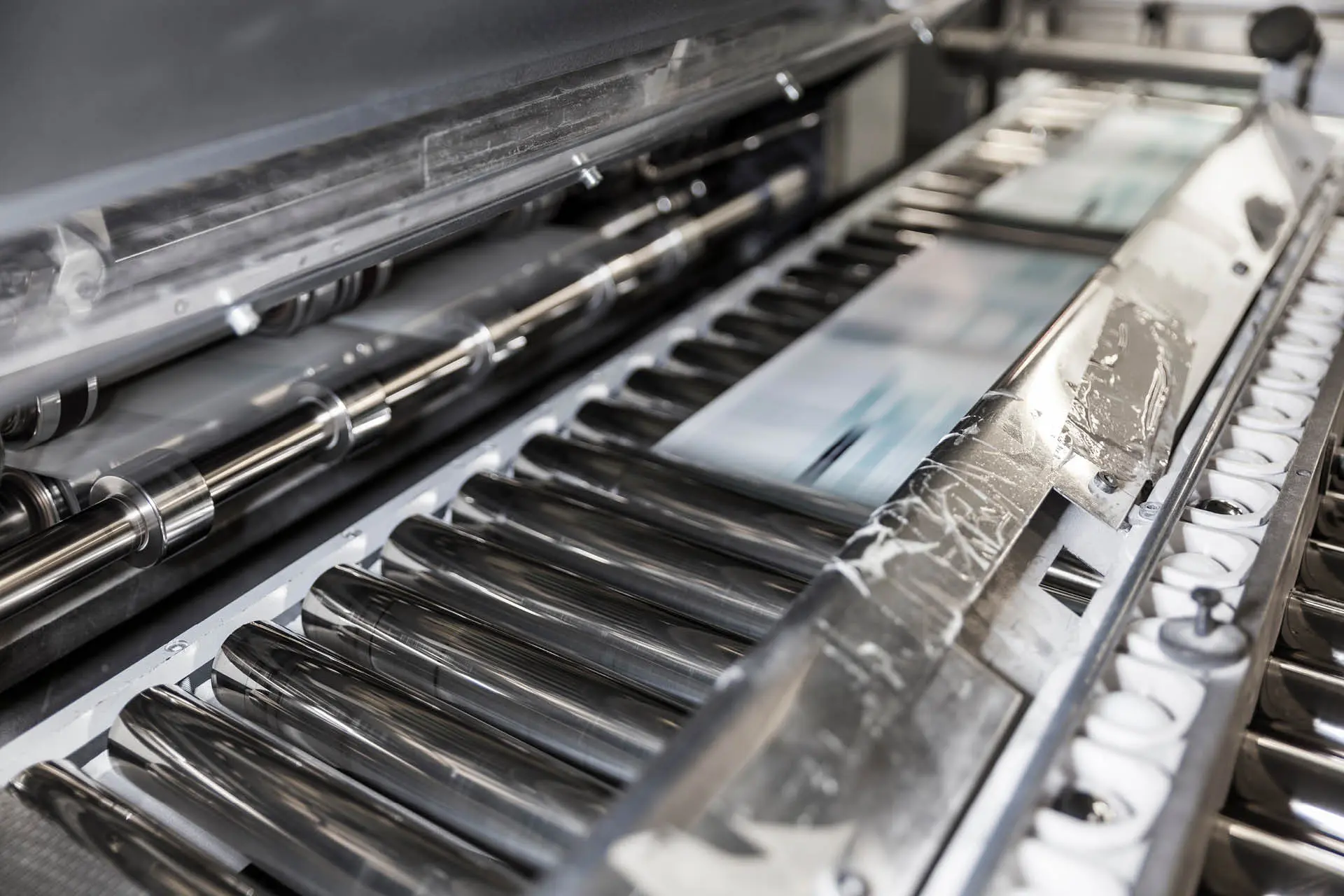Boost Your Brand with Top-Quality litho printing
Wiki Article
A Comprehensive Guide to Recognizing Litho Printing Strategies
The globe of litho printing, a method originating from the late 18th century, is a remarkable mix of background, science, art and innovation. This comprehensive overview will unwind the intricacies of this printing technique, from the structure of litho inks to the obstacles dealt with in modern-day applications. As we venture into the details of lithography, the value of automation and sustainability in guaranteeing its future relevance ends up being progressively clear. Remain with us as we trip into the fascinating world of litho printing.The Historic Advancement of Litho Printing
The historical trajectory of litho printing, an essential technology in the world of interaction, is an exciting story of human resourcefulness. The procedure progressed with the introduction of the rotary press, which significantly increased efficiency. Each phase of litho printing's evolution showcases humankind's relentless search of performance and high quality in aesthetic communication.Deciphering the Scientific Research Behind Litho Printing Inks
Progressing in the expedition of litho printing techniques, the focus now moves to the scientific research behind litho printing inks. The make-up of these inks, their drying out procedure, and shade mixing techniques create the foundation of this intricate art type. Recognizing these components is crucial to understanding the craft and achieving the wanted print results.Composition of Litho Inks
In lithographic printing, the basic function of litho inks can not be overstated. Pigments, the color-providing aspects, are carefully ground particles put on hold in the automobile, a fluid that carries the pigment onto the printing surface. Each component plays a vital part in the final print's top quality, making the precise formulation of litho inks a complex scientific research.Ink Drying Refine
From the make-up of litho inks, attention turns to the remarkable process of ink drying out. Two key techniques are utilized in litho printing: oxidative drying out and absorption. Absorption, on the other hand, includes the ink permeating right into the paper fibers, which is a quicker process yet can lead to much less dynamic colors.Shade Combining Strategies
While the drying out procedure plays a vital role in litho printing, the scientific research of shade mixing techniques holds equivalent significance. The scientific research behind litho printing inks also takes right into account the openness of the ink, which affects just how shades overlay and mix.The Art and Style Elements in Litho Printing
Litho printing takes a breath life right into art and design via its one-of-a-kind components. The process entails developing a photo on a lithographic limestone plate or steel plate with a smooth surface. The picture is then published onto a tool, typically paper, by transferring the ink from home plate. What collections litho printing apart is its ability to duplicate detailed layouts with high integrity, making the output practically the same to the initial artwork. This is attained through making use of various line techniques such as cross-hatching, hatching, and stippling, which enable for a variety of tonal impacts. Litho printing suits a selection of colors, allowing musicians to develop vibrant and vibrant prints. This combination of precision and flexibility makes litho printing a favored choice for lots of artists and developers.Modern Applications of Litho Printing Techniques
Litho printing methods have actually found extensive use in the modern-day business market. Its influence and significance continue to expand with the introduction of new technologies and innovations in the field. This section will certainly check out these modern applications and the transformative function they play in the printing sector.
Industrial Litho Printing Makes Use Of
In today's electronic age, one may question the relevance of standard printing methods. Litho printing remains an important part of the industrial sector. High-volume printing jobs, such as the production of books, papers, and packaging, count on litho printing for its ability to provide premium photo quality and price efficiency. The procedure, which involves moving a tattooed photo from a plate onto a rubber blanket and after that to the printing surface area, provides unequaled uniformity. This makes it perfect for work calling for a large print run. Litho printing also supplies a wide shade range, above that of digital printing. This makes it the best selection for tasks that demand dynamic, top notch shade recreation.Innovations in Litho Printing
Pressing the boundaries of traditional strategies, modern-day developments have actually fueled a host of technologies in litho printing. One noticeable advancement is electronic litho printing, which integrates the virtues of digital innovation with litho's top notch result. These advancements emphasize the enduring significance of litho printing in the modern world.Discovering the Process of Litho Printing: Step by Step

Challenges and Solutions in Contemporary Litho Printing

In spite of the precision and tradition that litho printing proudly upholds, it is not without its set of contemporary obstacles. The most widespread issues include the high initial configuration price, trouble in printing variable information, and ecological issues because of chemical usage. Options are arising as modern technology evolves. Digital litho printing permits affordable short runs and simple modification, dealing with the issue of variable information. Environmentally-friendly inks and more secure plate-making processes alleviate ecological problems. Additionally, improvements in automation have actually lowered labor prices, further democratizing the lithography process. Therefore, while there are challenges, the litho printing sector is proactively adjusting to meet them head-on, ensuring its relevance in the future.
Verdict
In verdict, litho printing, with its abundant history and scientific intricacies, holds a substantial area in the print sector. The future of litho printing hinges on its capacity to adapt to these altering demands, verifying its enduring worth in a developing market.
Report this wiki page